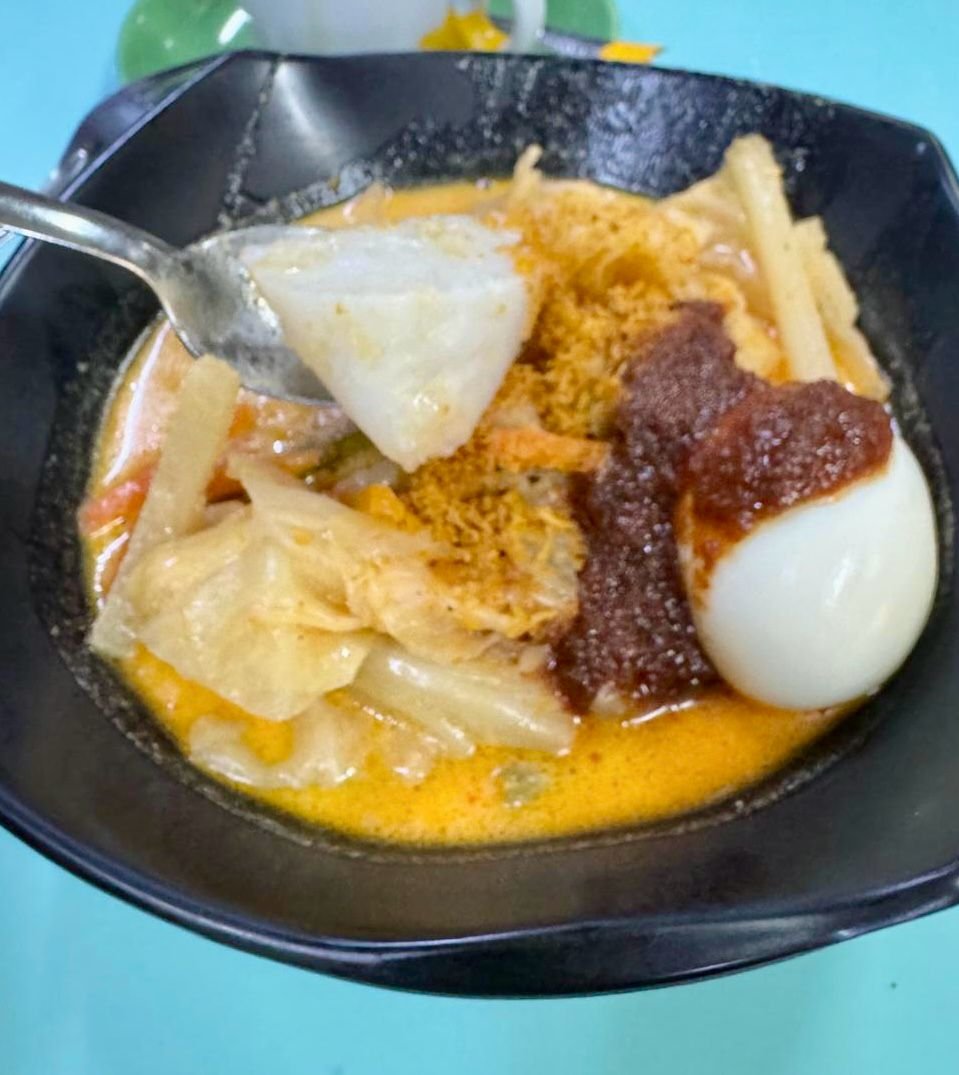Rice - Part 3 : Types of Rice and Why Ancestral Eating Still Matters
4 April 2025
Disclaimer : All information provided in this article/ blog is not intended to diagnose, treat, or prevent any condition. Readers should consult a doctor or qualified healthcare provider for any health concerns or before making any changes to their health regimen.
Types of Rice and Why Ancestral Eating Still Matters
Rice is more than just a staple food—it’s a cornerstone of identity, culture, and nourishment across Asia. But not all rice is the same. Different ethnic groups have consumed different types of rice for centuries, each prepared in ways that align not only with flavor preferences but also with digestive health. As modern diets increasingly cross boundaries, it’s worth asking: Could sticking to our traditional ways of eating actually be better for our bodies?
Rice Across Cultures
Chinese cuisine features jasmine rice, a soft, fragrant, slightly sticky grain. It’s typically steamed and served with stir-fries, soups, and steamed dishes. It pairs well with light vegetables and proteins, which help balance its high glycemic index.
Malay communities enjoy long-grain white rice and glutinous rice, especially in festive dishes like nasi lemak, lemang, and traditional kuih. Coconut milk, pandan, and herbs like lemongrass are commonly added—not just for aroma but for their antimicrobial and digestive properties. These traditional ingredients likely evolved to support the digestion of richer rice dishes.
Indians favour basmati rice, known for its long, slender grains and naturally lower glycemic index. It’s often cooked with ghee (clarified butter) and infused with spices like cumin, cloves, cinnamon, and turmeric. These aren’t just flavor enhancers—they help with digestion, reduce inflammation, and improve nutrient absorption.
How Preparation Affects Digestion
It’s not just the type of rice, but how it’s cooked that matters.
For example, I’ve found that when basmati rice is simply boiled like jasmine rice, it doesn’t sit well in my stomach—it feels heavy and causes discomfort. But when it’s cooked the traditional way—with a little oil or ghee, (like in briyani) and accompanied by spices—it feels much gentler and more nourishing.
This shows that ancestral preparation methods weren’t just about taste or tradition. They served a functional purpose—optimizing how our bodies break down and absorb nutrients.
The Role of Epigenetics
Science is now catching up with tradition. The field of epigenetics shows that the environment and diet of our ancestors can influence how our genes express themselves today.
Over generations, our digestive systems—and especially our gut microbiome—adapt to the foods we regularly consume.
This means that the rice your grandparents ate (and how they ate it) may actually be best suited for your gut today.
Our bodies may produce more of the specific enzymes needed to break down traditional foods. Our gut bacteria may be primed to thrive on certain grains, oils, or spices. Changing these too drastically, or adopting foreign diets without cultural context, may throw our systems off balance.
Returning to Our Roots
In today’s global food culture, it’s easy to adopt new cooking styles and ingredients. While variety is good, we shouldn’t lose sight of our roots. Sometimes, returning to our traditional foods and cooking methods is not just nostalgic—it’s healing.
Whether it’s jasmine rice steamed to fluffy perfection, basmati rice cooked with ghee and spices, or sticky glutinous rice wrapped in banana leaves, our forefathers knew something we are only now beginning to understand: food is most nourishing when it’s aligned with who we are—body, soul, and heritage.
So next time you choose rice, think not just about taste, but also tradition—and listen to how your body responds.
Warm regards,
Rosemary

